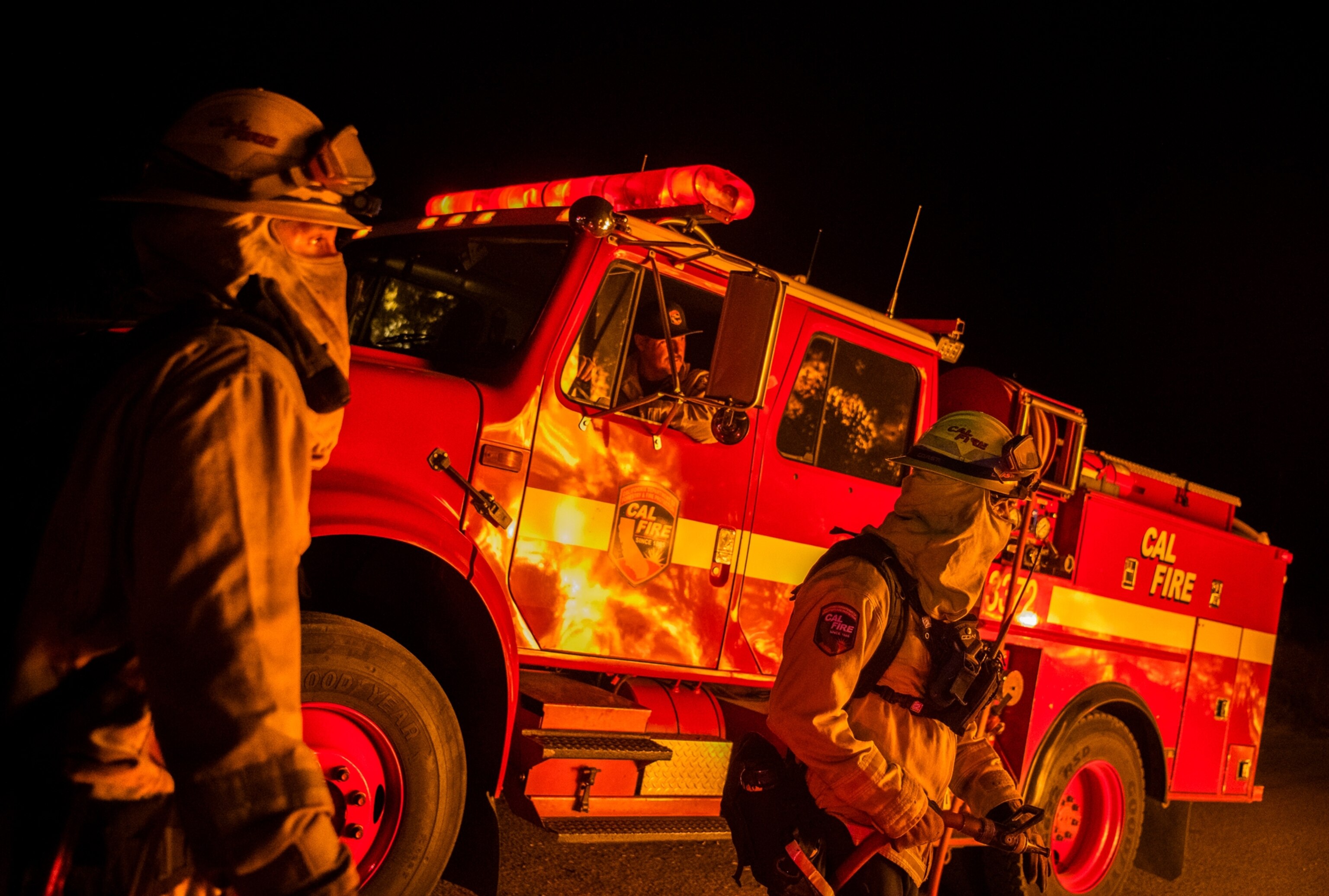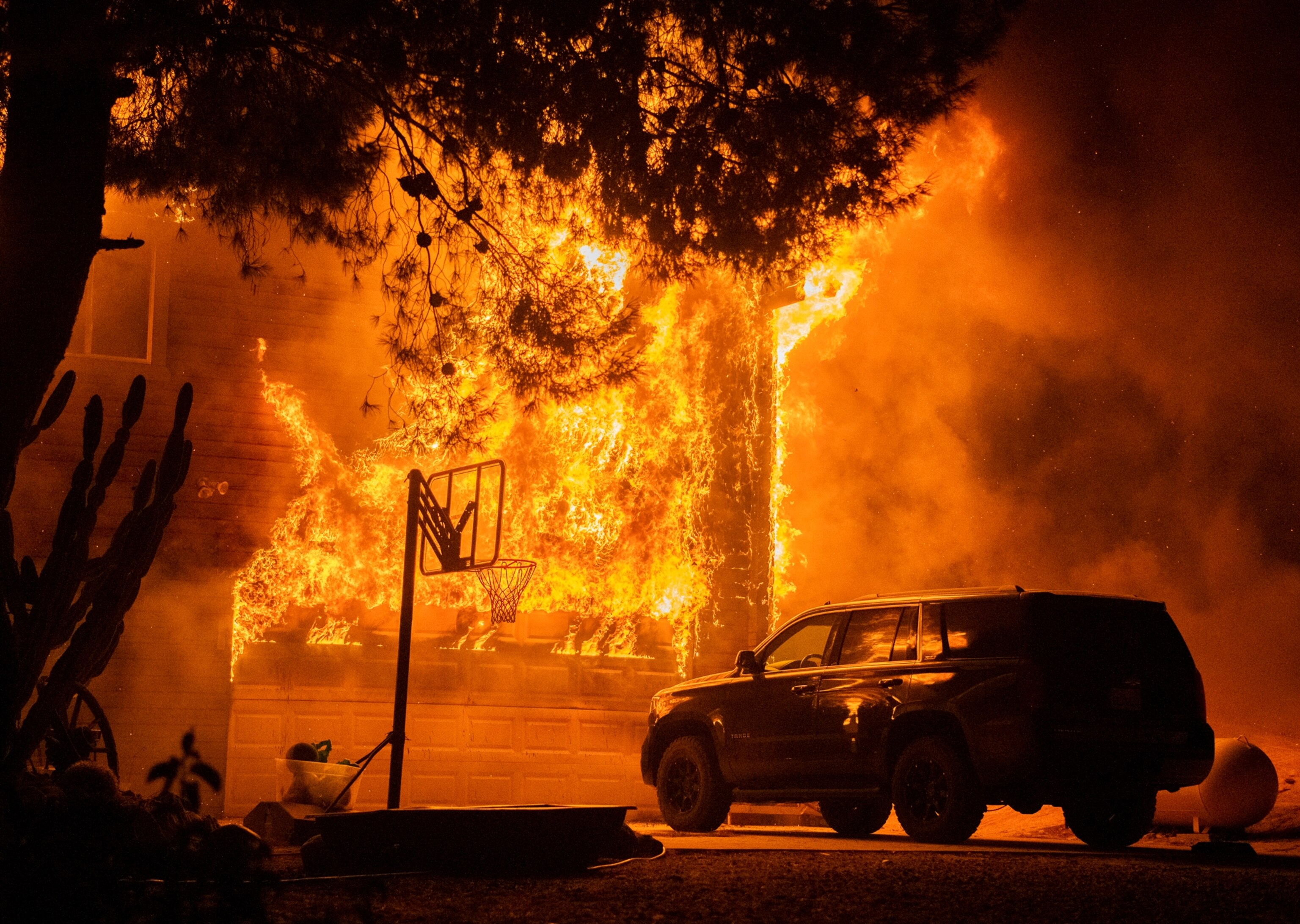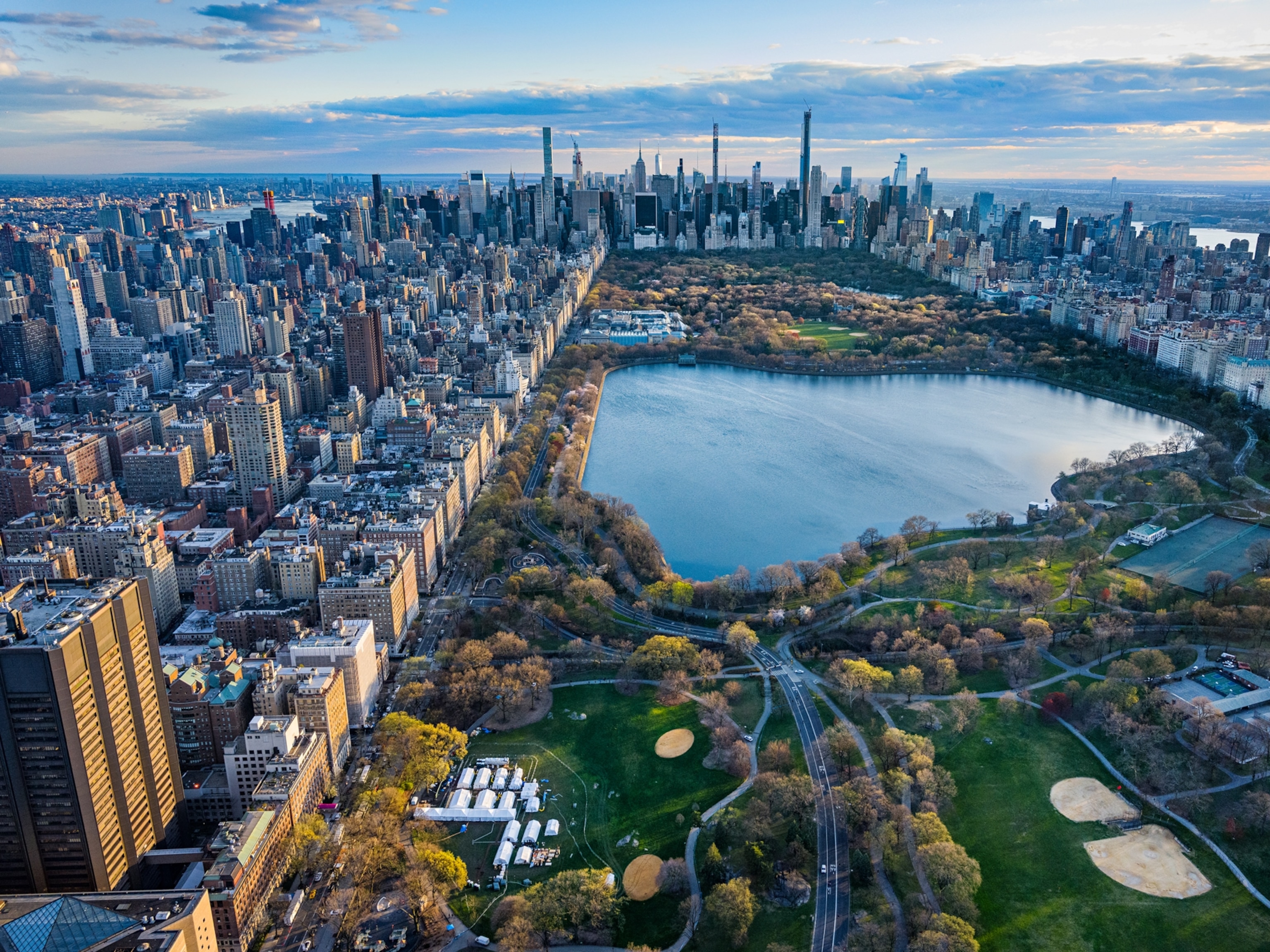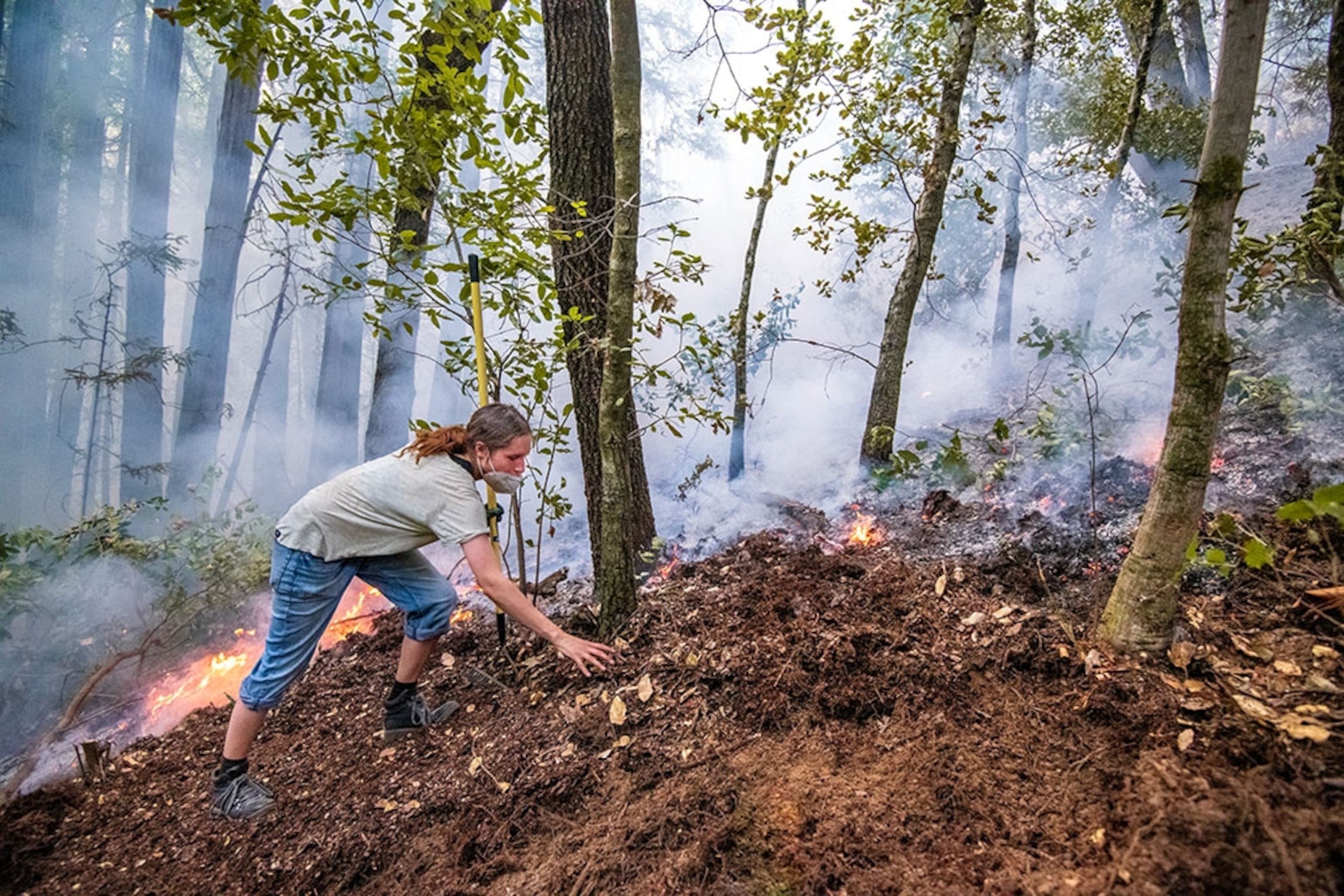
California wildfires threaten Nat Geo photographer’s home
Imagine, for a moment, that the entirety of Yellowstone National Park had burned to cinders. That’s roughly the scale of the wildfire damage so far this summer in California, where hundreds of regional blazes have scorched more than two million acres of land since mid-August. What’s more, a series of overlapping crises—extreme heat, electrical storms, and the pandemic—have strained emergency response teams even as ravenous flames rip through residential areas, sometimes leaving whole communities in ashes.
Longtime National Geographic photo contributor Frans Lanting is among the California residents facing what he calls “really an unprecedented situation” in a state all too familiar with wildfires. Lanting, who lives north of Santa Cruz, says he woke up in the middle of the night on August 16 because of the onslaught of lightning strikes that triggered the first of this year’s blazes. He grabbed a camera and raced out to the coast to document the scene.
“In between lightning strikes there were mini-tornadoes that hit the area as well,” he says. “It really was like a biblical plague.”
On his way home, he heard the wail of the fire trucks, and he followed them out to see the flames beginning to build in a protected redwood forest. Soon enough, the fires had crept within a mile of his home. For the first week, Lanting and his neighbors didn’t see any of the official response teams in their area, so after a whirl of activity and discussion, they got down to business.
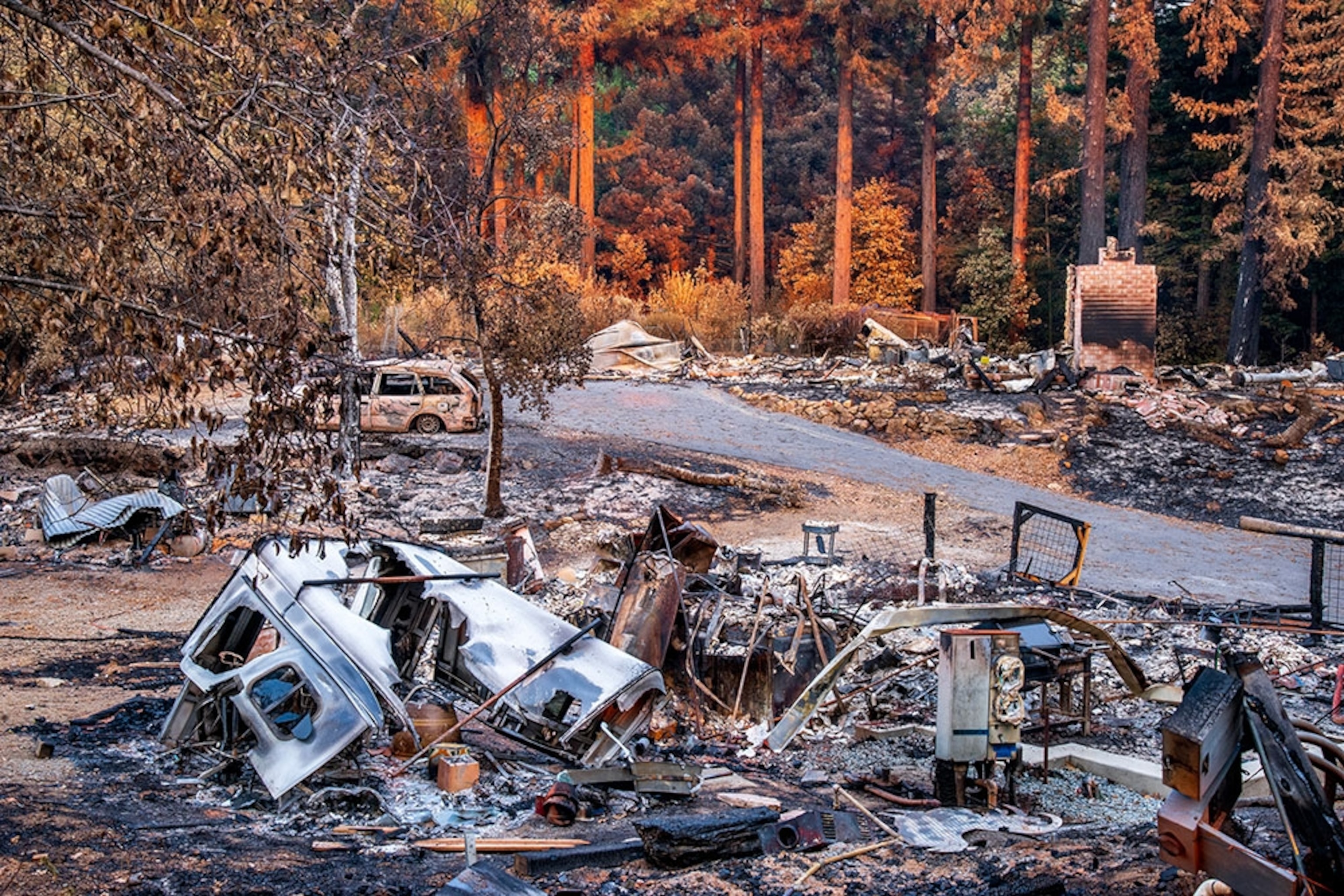
“Our neighbors organized themselves into a fire brigade,” he says, describing the “heroic effort” of about a dozen people who worked tirelessly to protect their homes. “Pickup trucks turned into improvised fire trucks. Two guys zipped around on electric motorbikes with walkie-talkies scouting the edge of the flames.” They established a fire break that kept the inferno at bay, ultimately coordinating their efforts with the California Department of Forestry and Fire Protection.
Lanting admits that staying put rather than evacuating carries risks, and his neighborhood was able to do this work due to local circumstances that kept the flames moving slower than elsewhere. “We were lucky that this was not a fast-moving, hot-burning fire like what engulfed other neighborhoods nearby,” he says. Knowledge of the terrain, imparted by people who had lived there for decades, and access to tools such as a bulldozer and ATVs, also gave them a fighting chance that others may not have had.
But with the overwhelmed professionals trying to contain “super-megafires” across the region, he is grateful for what his community was able to accomplish under such challenging circumstances. “The end result is, we saved our neighborhood.”
